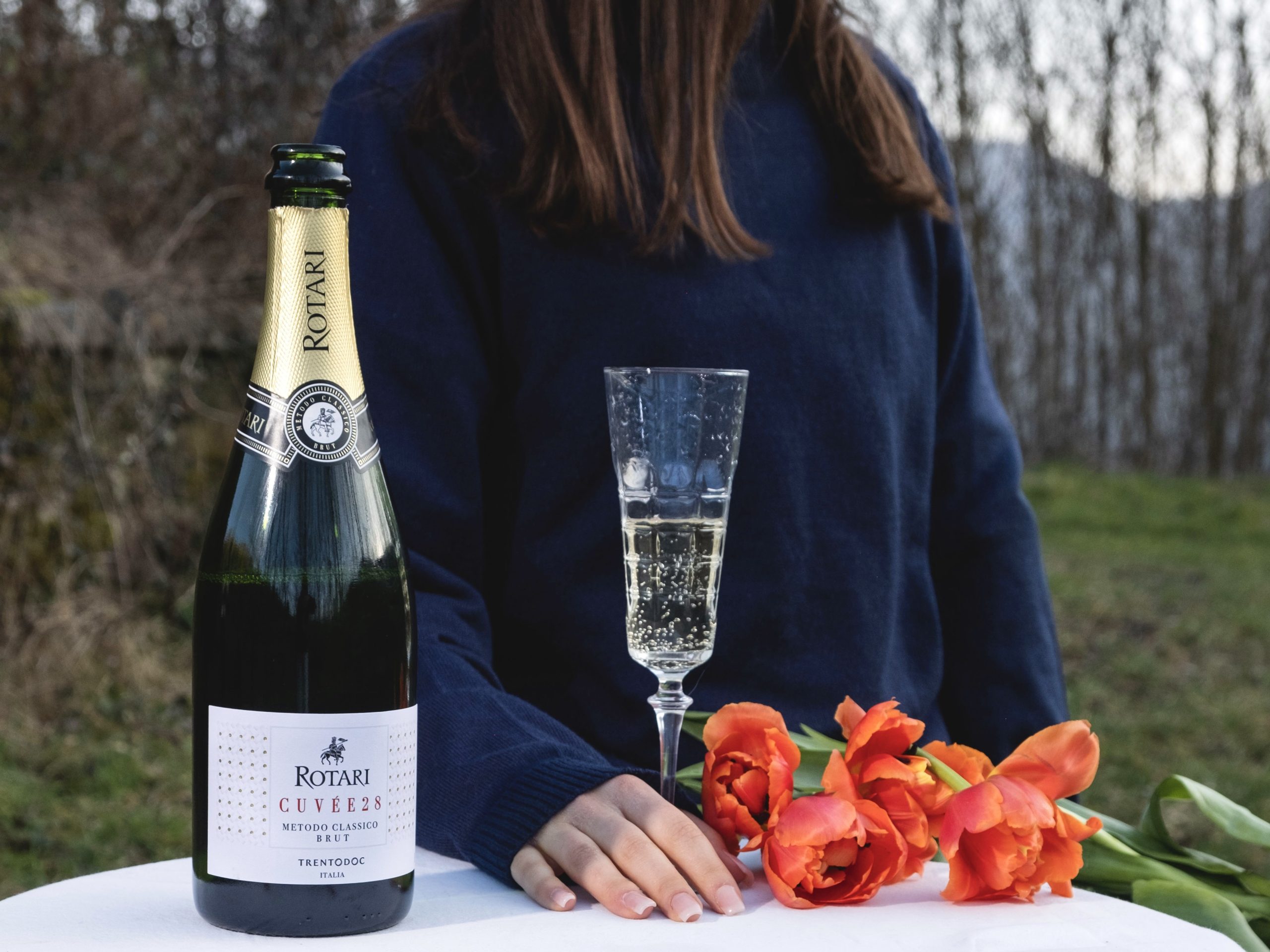Milestone Beverages: ‘APAC is the world’s future growth engine’
Home to 4.3 billion people, Asia Pacific (APAC) is bursting with opportunity for drinks brands, if they can strike the right balance. Joe Milner, founder and managing director of Milestone Beverages, offers his insights on how to navigate a region with over 23 individual markets.

“I truly believe the APAC region is still the future growth engine for the world,” says Milner, citing the growing number of people coming into legal drinking age in the region.
APAC is home to 60% of the world’s population — some 4.3 billion people — and includes the world’s two most populous countries, India and China. But the drinks landscape in Asia Pacific is not without its challenges. “It’s a pretty ugly picture right now,” Milner says. Large markets in the region pose some of the biggest hurdles. “Markets like China and India are extremely complex, and there’s never a distributor that can cover the whole country,” Milner explains.
Particularly in India, where the rules and regulations often change year on year, and are completely state-dependent, “when you adapt to a certain rule of regulation for that year, that rule can change overnight”.
As such, cracking the APAC region requires a more strategic approach. “There are loads of cultures, nuances and supply chains, different regulatory requirements in every single market,” Milner says. ““If you tried to come in and do everything at once, you would fall flat on your face pretty quickly.”
South Korea and Taiwan are bright spots, with ample opportunity for brands searching for a way in to the region. “Taiwan and Korea are probably two opportunities that are overlooked by a lot of people,” Milner says. “Both economies are very large and very mature, in the sense that its consumer can be quite wealthy.”
Milner warns that these markets can be “trend driven”, meaning “what’s trendy one year can quickly dissipate”. Orange wine is a key example: “orange wine became really popular and then all of a sudden, boom, it’s just gone the next year, nobody’s drinking it”.
However, with mature retail sectors, with brands remaining “quite underrepresented”, Taiwan and South Korea can be key to opening up new opportunities.
Southeast Asia is similarly underserved, Milner argues. “If you can navigate the regulatory requirements, you’ve got strong relationships, and you’re patient, I think you can make some decent ground in Southeast Asia as well,” he says.
Partner Content
Take Blowfish, Milestone Beverages’ Australian wine brand, which has seen huge success in Southeast Asia, in part due to its desire to ‘take the seriousness out of wine’. The brand’s strapline epitomises Milner’s goal of breaking down the barriers to entry into the category. “You can put wine in a cocktail, or drink it by the pool in your sunglasses, or drink white wine with meat,” he says.
“With Southeast Asia as an emerging market which is not that educated in wine, that’s what I wanted to do. And off the back of that, we were hugely successful in Southeast Asia with Blowfish wines.”
Milestone has since built on this success, expanding into more mature markets like Japan by focusing on emerging trends in the country’s F&B sector.
In general, Milner predicts “a lot more scope and opportunity for local production for international brands” in the APAC region. While Scotch whisky and Cognac are still huge, categories including Bourbon and Tequila are growing, highlighting the diversification of individual markets as consumers become thirsty for something new and exciting to try.
Milestone launched its latest brand, Stateless Bourbon, just 12 months ago, since expanding into 15 markets. Retail channels and convenience stores have been the main target for this brand, as “convenience stores are probably one of the fastest growing channels in Asia,” Milner claims.
Tequila brands, from entry level affordable products to super-premium labels, are gaining traction too. “Tequila is trending in a very big way,” the Milestone founder says, crediting celebrity-backed brands as the catalyst to this influx. “We don’t play the super premium category, but we play very heavily in the standard category. We’ve been doing extremely well with the value, entry level standard Tequila space, which I believe is underrepresented.”
Ultimately, while the approach to APAC markets needs to be nuanced, brand building in this part of the world relies on consumers who are no different from any other. Milner explains: “Consumers are consumers, and they’re not that different from the rest of the world — I don’t think the Japanese consumer is very different from the American consumer, but there are definitely local nuances.”
Milner offers a word of advice to fellow brands looking to crack the market: “As long as you’re patient and willing to do the right things in terms of investment and resource, there is definitely long term opportunity in the region.”
Related news
Out now: the latest issue of The Drinks Business Asia
Trinity Hill taps into rising demand for white wines in Asia
Dreissigacker: 'Japan is a natural home for our wines in Asia'




